Develop a sound swim stroke with these four drills.
Technique is fundamental to swimming well. Improving technique is the easiest way to swim faster, easier, longer, and better. People have been swimming for hundreds of years, but studies and research during the last half-century have made the greatest changes to swimming technique. Advances in technology, like underwater video cameras, force sensors, and training tools, have also impacted our understanding of how bodies move through the water.
One of the benefits of being new to swimming (or triathlon) is that you have the opportunity to develop good technique from day one, rather than unlearning bad habits later.

Go Slowly to Go Fast
The term for the development of good technique is called “muscle memory.” After doing the same motion over and over, your body forms a memory of the action and can repeat it without much thought. Let’s use walking as an example: You no longer have to think about lifting one foot, moving it forward, setting it back on the ground, and then repeating the cycle with the other leg. These motions happen instinctively because your muscles have stored a “memory” of the repeated action.
Every time a stroke is performed inefficiently in the pool, that muscle memory gets stronger and it will be harder to change in the future. A common saying among swim coaches is: “First, you must learn how to swim slowly, correctly. When you have a perfect stroke, then we can worry about going fast.”
Elements of a Swim Stroke
There are four major parts of the arm stroke in freestyle: Catch, Pull, Finish, & Recovery. Let’s take them one at a time, address some of the key technical points, and explain a drill to emphasize the correct motion.
The “Catch” is a term for the very beginning of each stroke. After your arm drops into the water above your head, stretch it straight out from your shoulder toward the opposite end of the pool. This will put your body in a long and streamlined position. At the start of each stroke, drop your fingertips to the bottom of the pool, keep your wrist straight, and let your elbow pop up. The whole action takes only a fraction of a second, but it’s critical to a powerful stroke.
The Fist Drill is a perfect way to emphasize a good catch. Swim a lap of freestyle with your hands balled up into fists to feel the water pressure on your forearms during each stroke. Never bend your wrist or let your elbow drop when you are swimming!
A strong catch will set you up for a powerful “Pull.” Each underwater pull should trace the shape of a “?”. The pull sweeps slightly out from your body, then sweeps back in near the hips, and finishes straight back along the leg. There are two very important things to remember during each pull: First, always keep your fingertips pointing down to the bottom of the pool. Second, do not let any part of your arm sweep across the center-line of your body.
The Single-Arm Drill is my favorite drill for teaching the correct pulling motion. Grasp a small kickboard in your left hand and extend your left arm above (in front of) your head. Swim a lap of the pool with just right-arm strokes. This will allow you to focus on each underwater pull. Don’t be afraid to peer down at your arm and watch the pull. Are your fingertips pointing down? Wrist straight? Elbow high? Question-mark shape?
The “Finish” is the last push before your arm exits the water. It is very similar to a tricep-push-down in the gym and uses the same muscles. By extending your arm and hand all the way back to the middle of your thigh, you can add a little more length to each stroke. Do not pull your hand out of the water next to your hip!
The Thumb-Drag Drill is as simple as the name implies. Swim a lap of freestyle but drag your thumb along the side of your body as you lift your arm out of the water. At the beginning, you might feel your thumb drag along your rib cage, waist, or hip. This means you are not finishing to the middle of your thigh. You have a complete finish when you feel your thumb dragging along the side of your leg.
Finally, the “Recovery” refers to lifting your arm out of the water, swinging it forward, and dropping it in the water above your head. To begin, imagine a puppet-string is attached to your elbow. When your hand passes mid-thigh, the puppeteer pulls on that string and lifts your elbow out of the water. This is commonly referred to as a “high-elbow-recovery.” Keep your hand relaxed and fingers pointing to the water as your arm moves forward. When your arm is almost fully extended straight above your head, let it drop into the water with a little splash.
The Finger-Tip Drag Drill will put your arm in a correct high-elbow position for the recovery. As your hand exits the water at mid-thigh, keep your fingertips in the water and drag them forward. The hardest part is keeping your fingers in contact with the surface of the water all the way from hip to head!
As Vince Lombardi said: “Practice doesn’t make perfect; Perfect practice makes perfect.” Focus on one part of the freestyle stroke each day at practice. Swim the drill sets slowly and correctly. Don’t rush through the workout. Take your time and learn good technique for the rest of your swimming career.—Sara McLarty
Sara McLarty is a swimming coach with Swim Like a Pro, based in Clermont, Florida. Formerly, she was a professional triathlete known, of course, for being first out of the water (and for her perpetual smile).
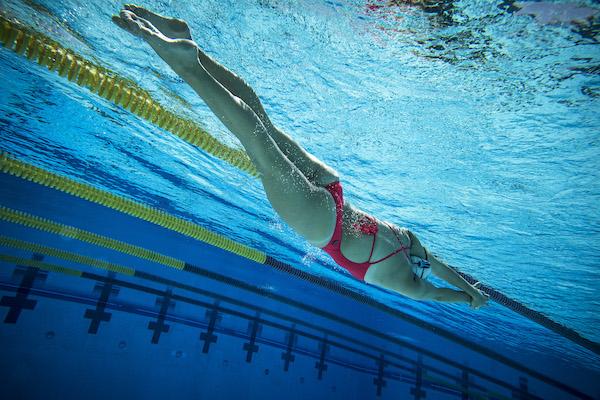
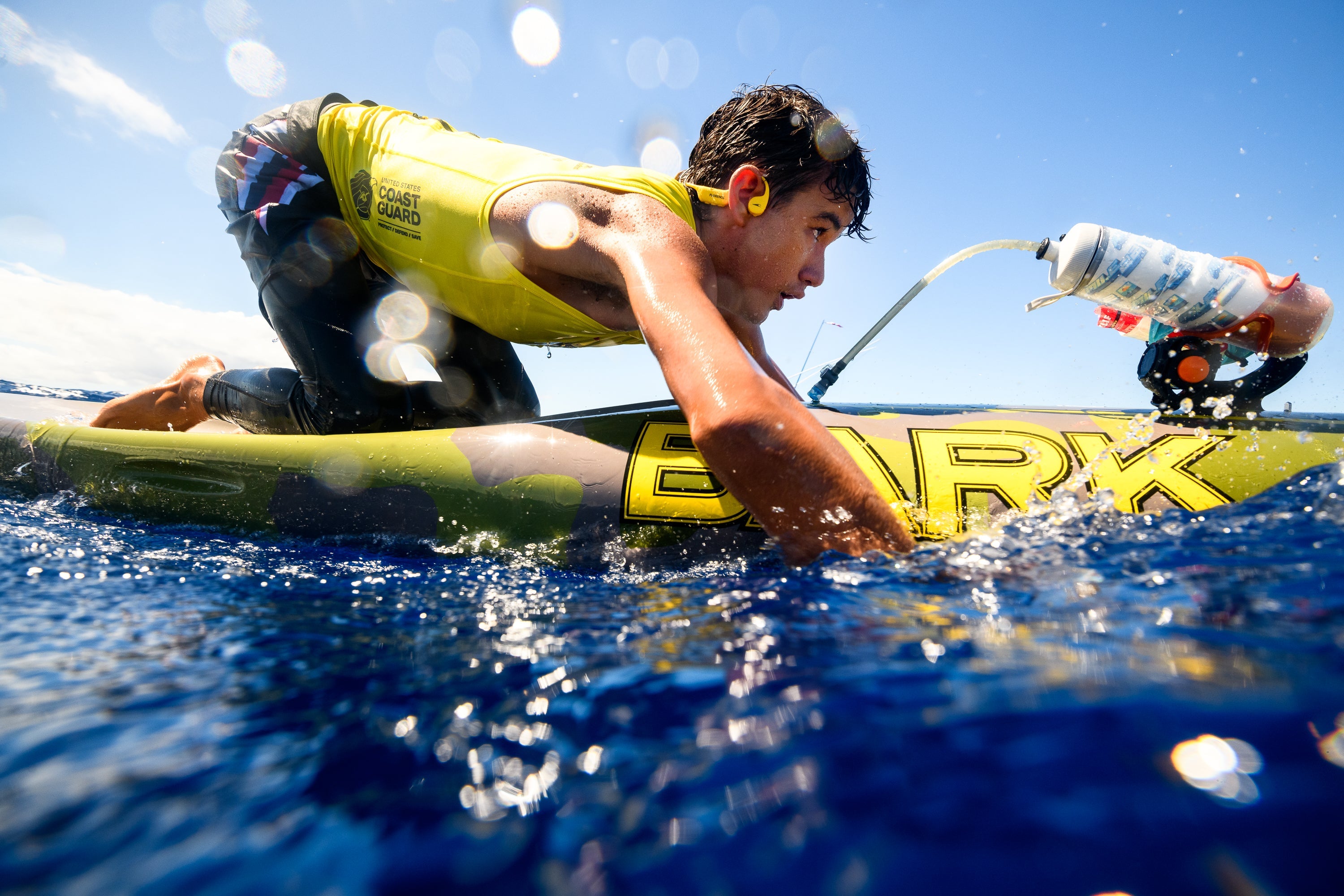
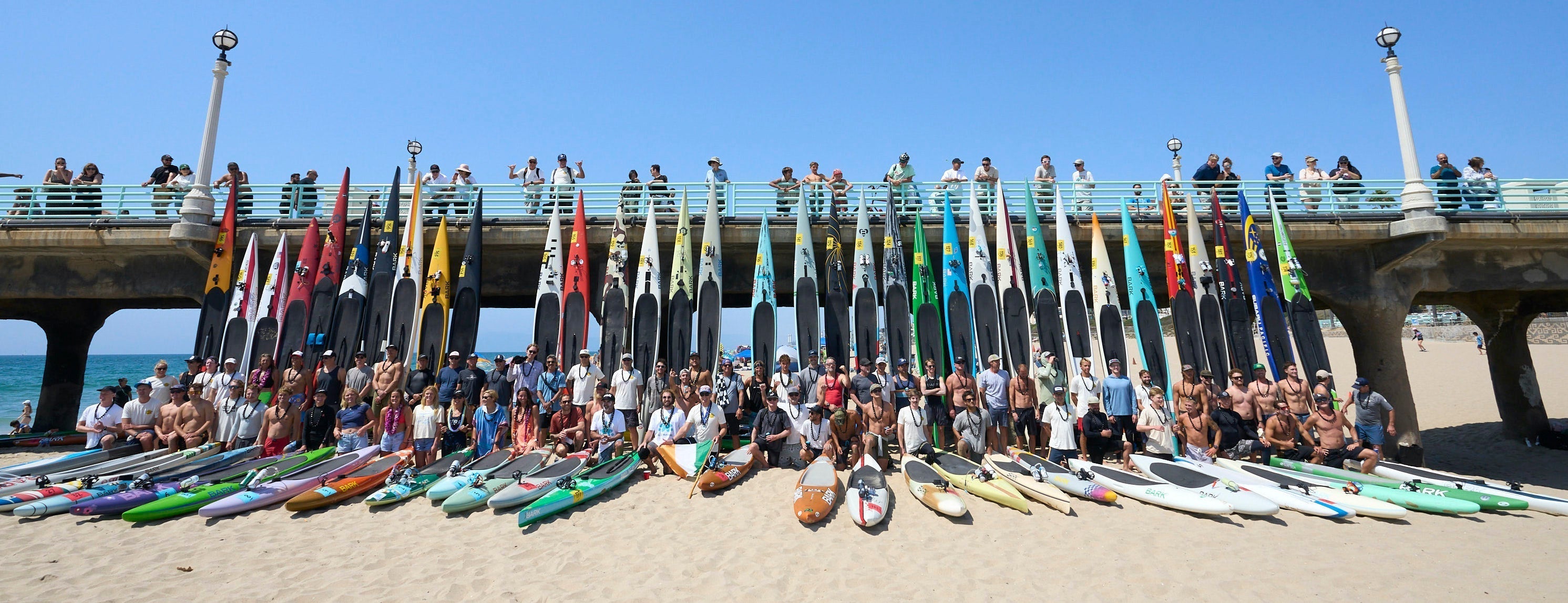
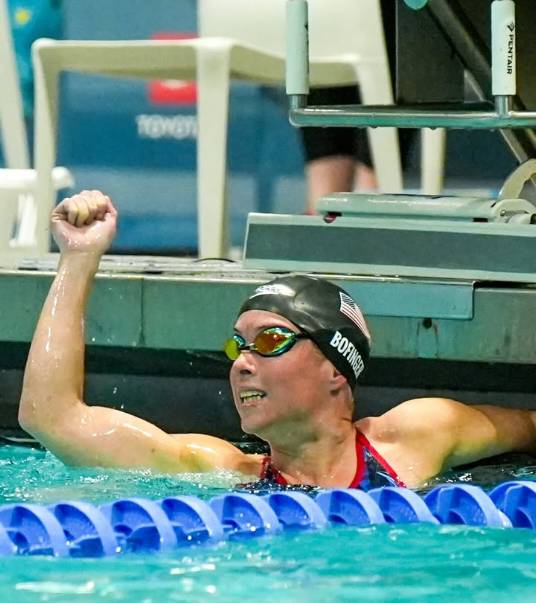
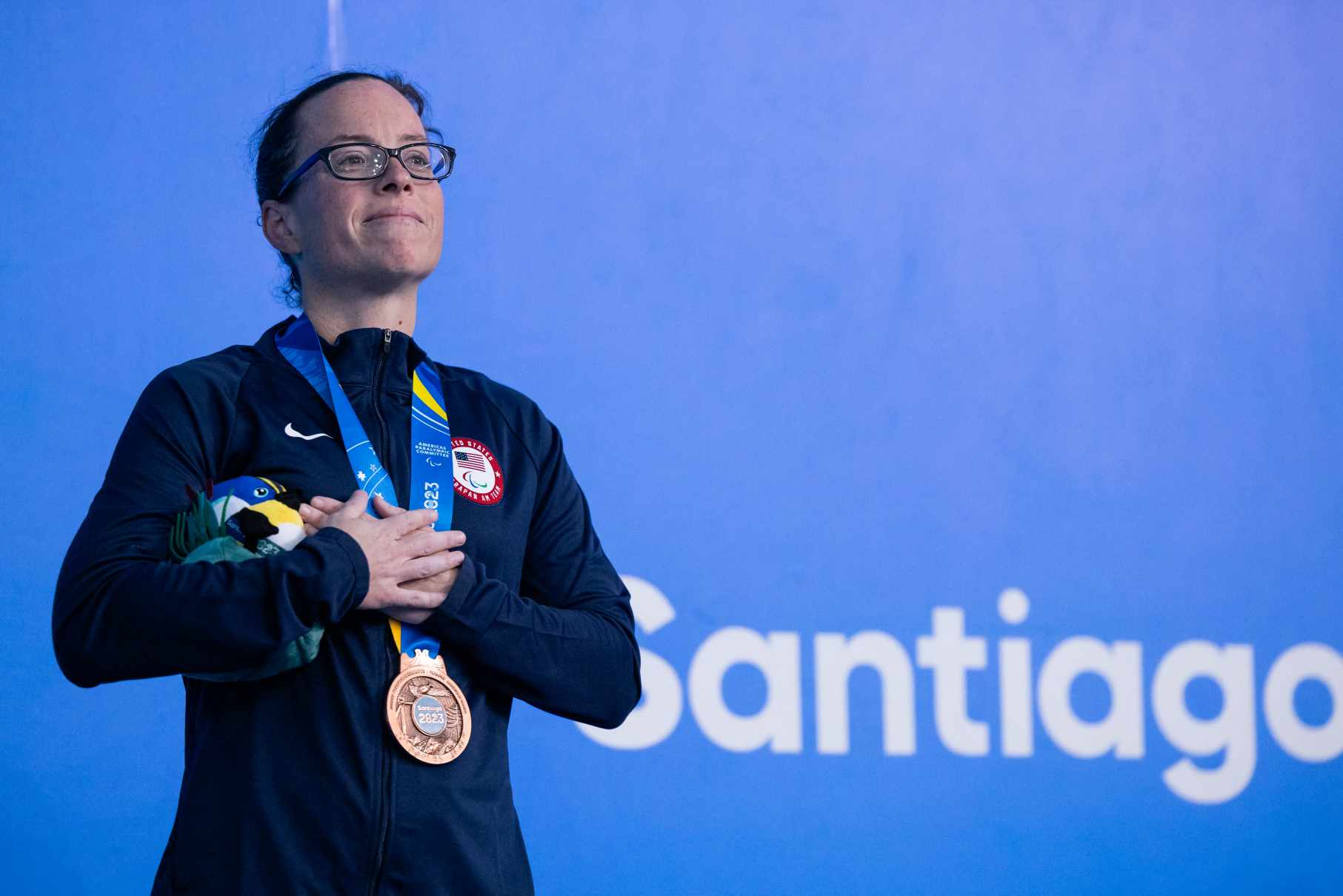
Share:
Swimming for Triathletes: Part Two
H2O Audio Launches INTERVAL Swimming Headphones for Apple Watch